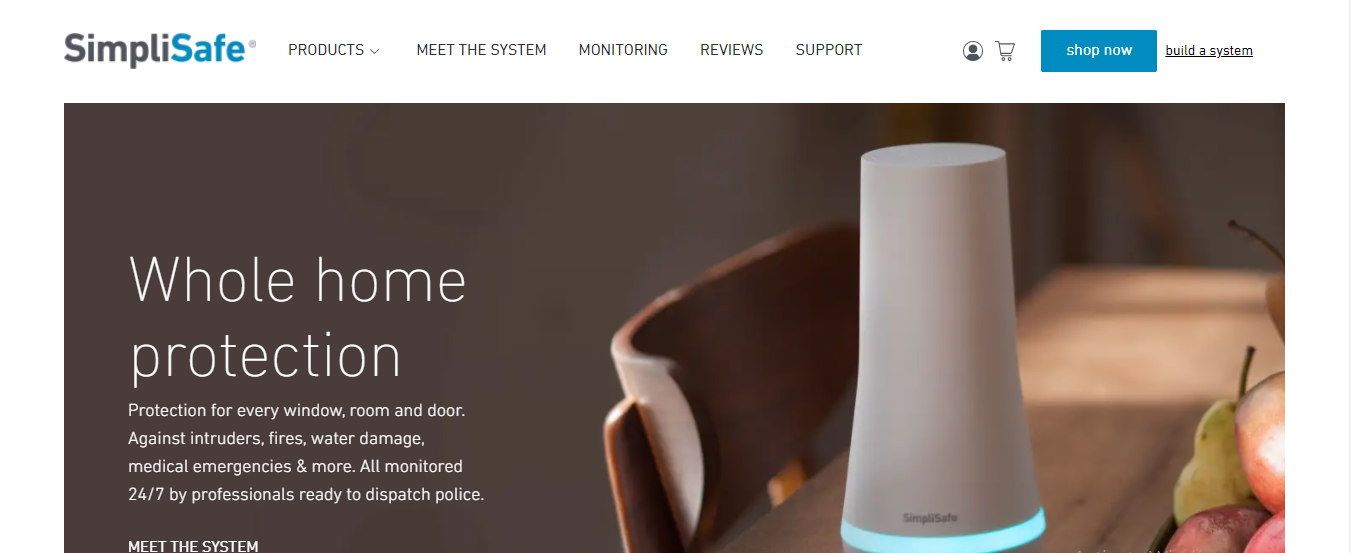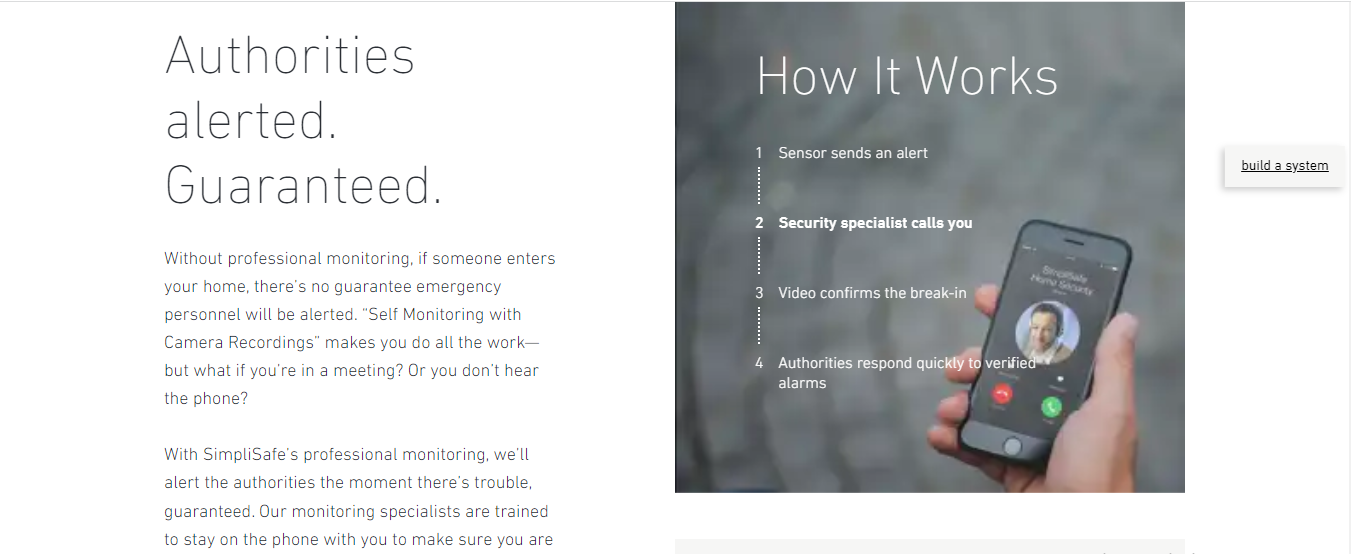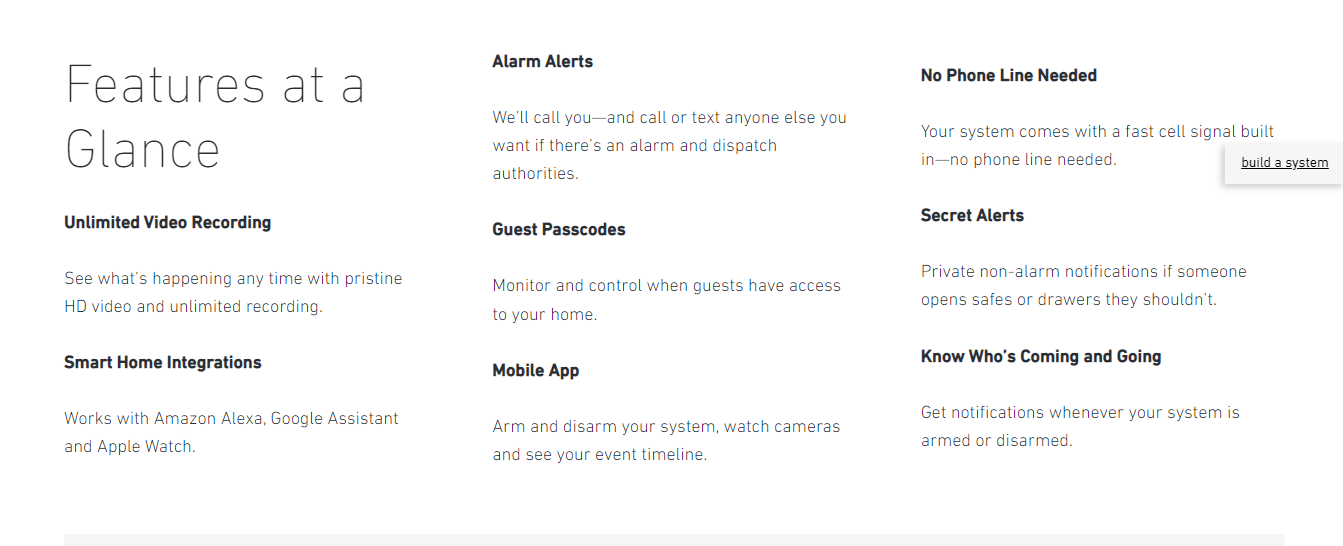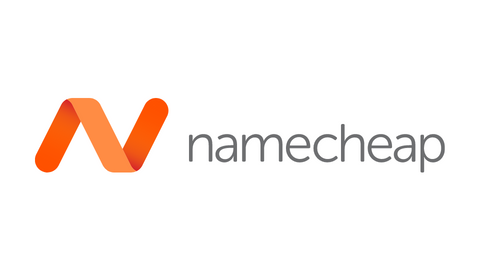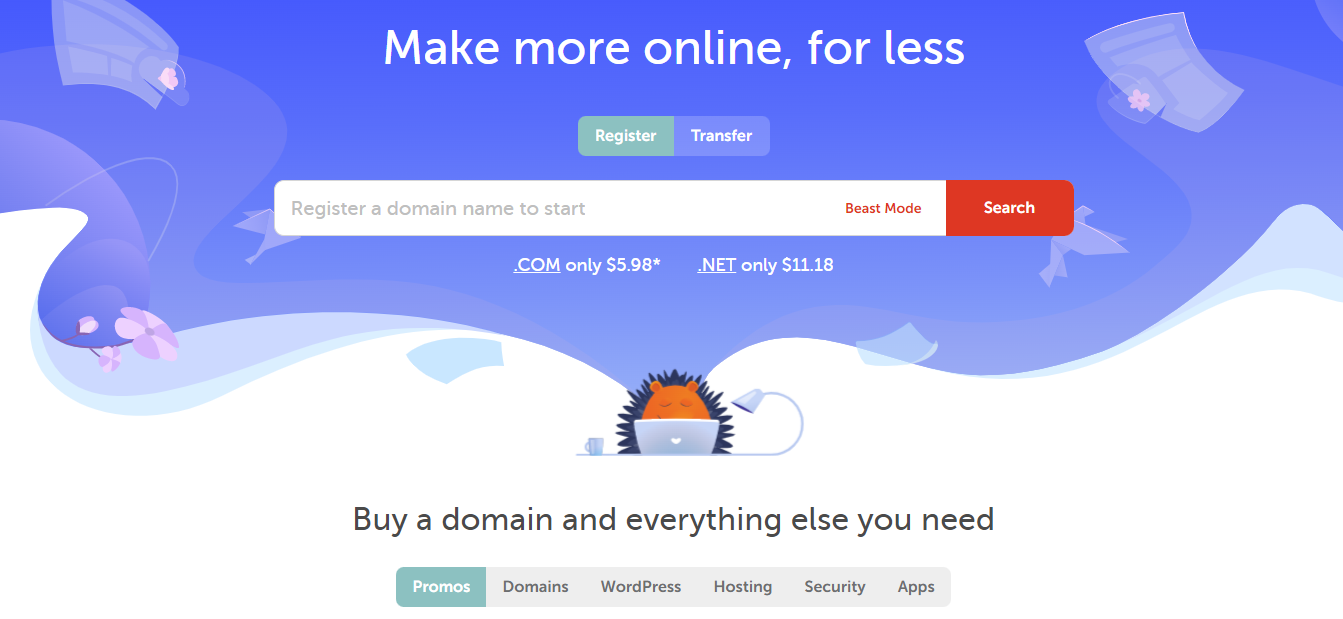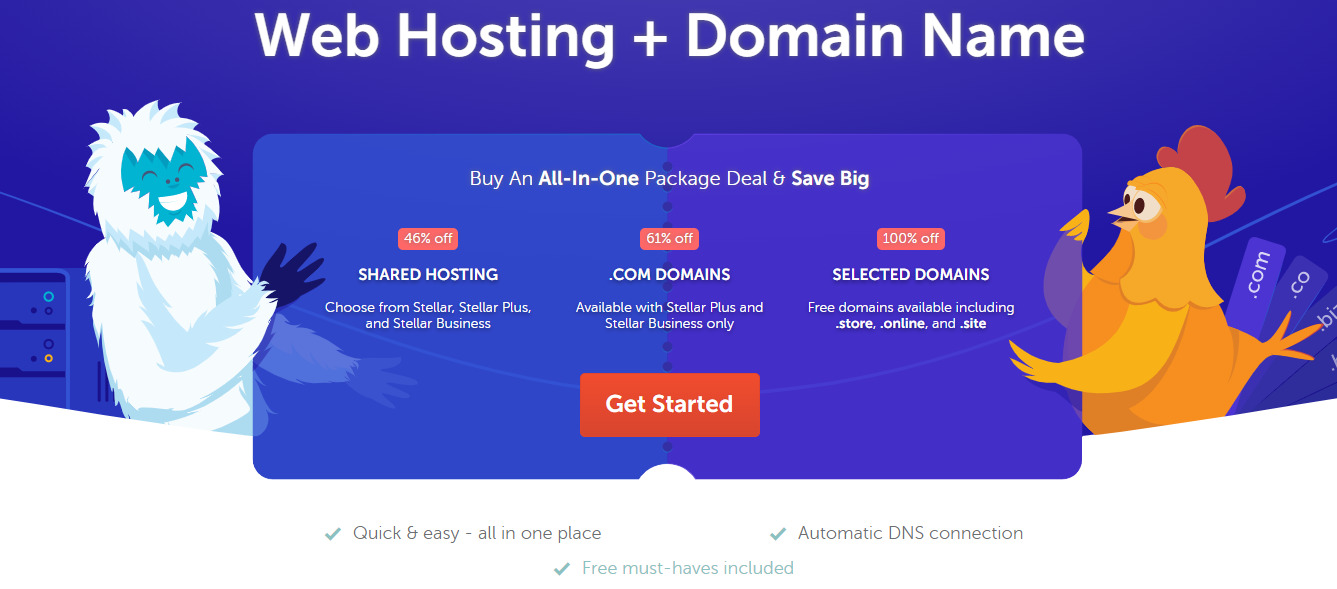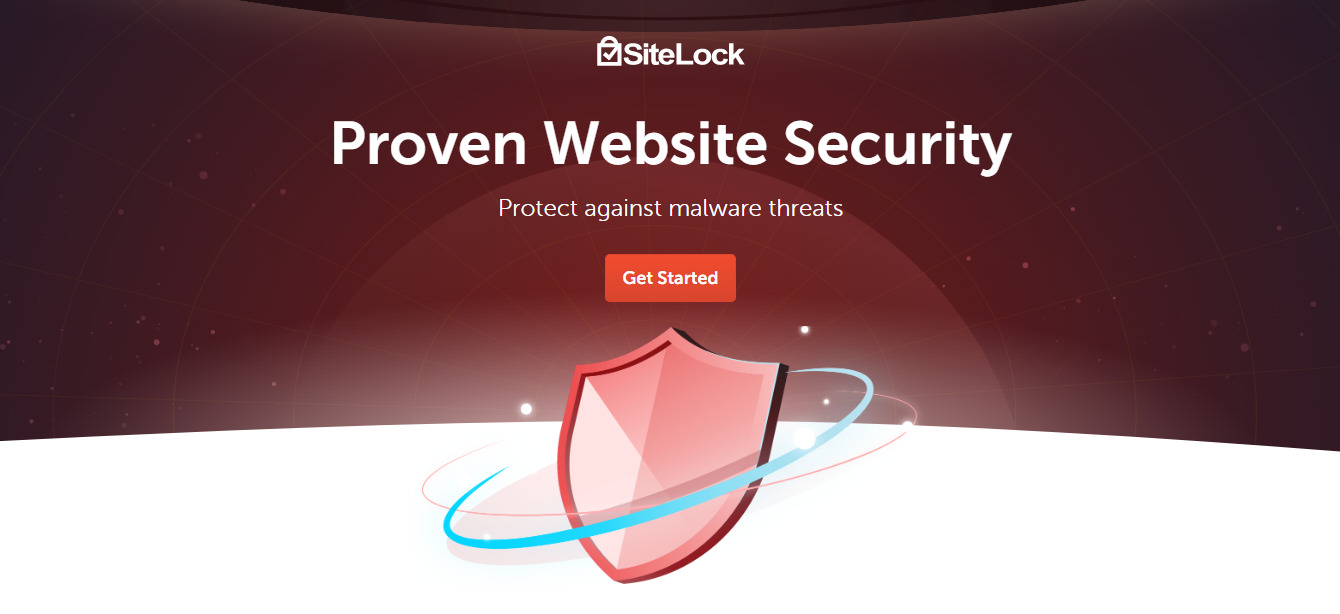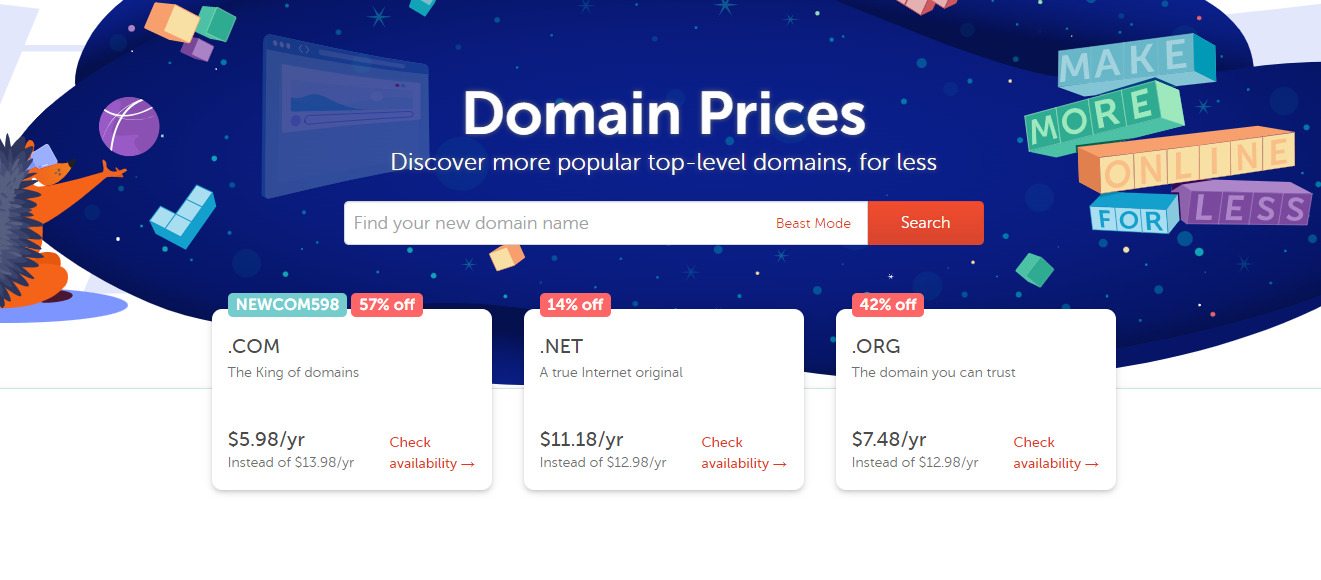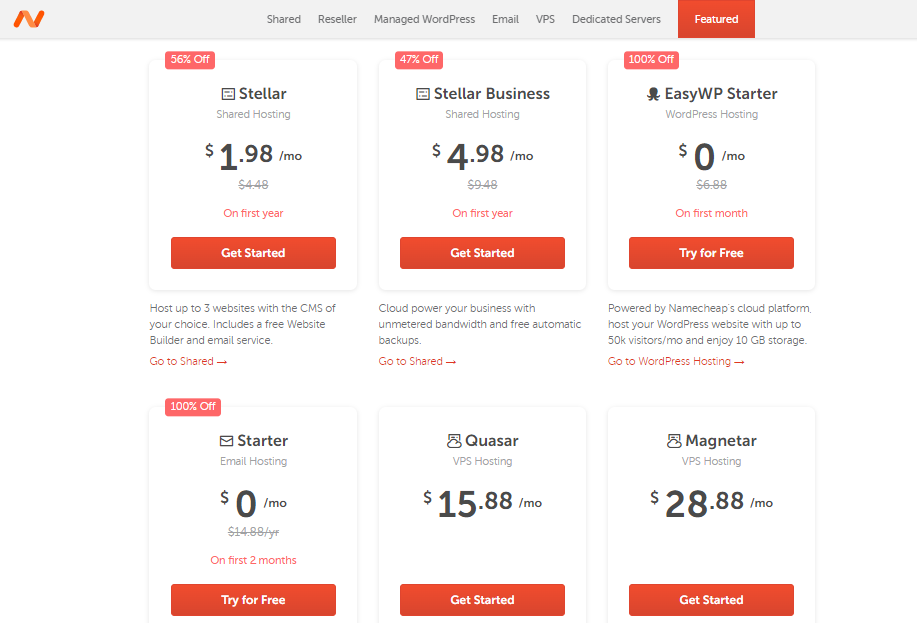Want the best apps for parental control? Follow me.
Kids are born armed with smartphones and all types of digital devices. Hence, beholding toddlers with tablets and adolescents with high-tech digital devices is no spectacle.
Of course! The advantages far outweigh the disadvantages because digital devices enhance learning and interaction, expose kids to modern technological trends, and help parents monitor their kids’ whereabouts.
READ ALSO: Exclusive Tips To Stop Cyberbullying [For Teens, Parents & Schools]
However, the disadvantages cannot be ignored. It exposes kids to obscene content, which can have a negative influence on a child’s behavioral development, and expose them to cyberbullying and other online threats that characterize the internet era.
Hence, parents should exercise control over what their kids can or cannot access online.
There are dozens of parental control apps, but this post aims to highlight the best parental apps to help you monitor and control your kids’ digital activities, and their whereabouts right from your device.
Table of Contents
Best Parental Control App Deals
Best Parental Control Apps
1. Spyrix Phone Tracker
Spyrix Phone Tracker for Android is parental control software designed to protect kids from online threats and potential cyberbullying. It provides parents with real-time tracking records with call logs, incoming and outgoing texts, SMS, social media activities, etc. The program operates in a stealth mode; thus helping parents safeguard kids not breaking their rights for privacy.
Spyrix Phone Tracker stands out from competitors due to its extensive range of features, including:
- Monitoring popular social media platform (WhatsApp, Telegram, Facebook, Instagram, Skype, Snapchat, etc)
- Screenshot capturing
- Limiting screen time
- Access to photo gallery
- Recording phone calls and remote access to them
- Looking through web history and blocking unwanted resources
- Monitoring real-time location and getting geofencing alerts
With its powerful monitoring and tracking capabilities, Spyrix Phone Tracker enables parents to proactively identify online risks and ensure a safer digital environment. Whether monitoring social media activities or real-time locations, this tool provides comprehensive protection for children of all ages.
2. Eva Spy
Eva Spy is a cell phone Android monitoring app used to track the online activities of kids. This is a comprehensive parental control software that monitors over 50 applications including Whatsapp, Facebook, Viber, Instagram, Snapchat, and others. It also ensures parents to look through web history with an option to block the unwanted resources.
Additionally, your kids will be protected from cyberbullying in any social media. Parents will get screenshots with all incoming and outgoing texts, allowing them to detect potential threats, inappropriate conversations, or signs of online harassment.
Moreover, Eva Spy offers call recording and access to call logs, allowing parents to monitor who their children are communicating with and identify any suspicious contacts. With screen time management, parents can limit excessive device usage and promote healthier digital habits.
The most sought-after features include:
- Monitoring social media
- Call logs
- Screen capturing
- Screen time limit
- GPS location
With its hidden mode operation, Eva Spy runs discreetly in the background, allowing parents to ensure digital safety without excessive intrusion. Choose Eva Spy for a reliable, feature-rich parental control solution that keeps kids safe online.
3. Kaspersky Safe Kids
Kaspersky Safe Kids from Kaspersky Lab has great parental control tools for round-the-clock monitoring. Parents can enjoy the accessible version of Kaspersky Safe Kids but will be limited to app usage control, content filtering, and screen time management.
The premium version includes superb parental control tools like location monitoring and geofencing, social media monitoring, website monitoring, low battery alerts, and other essential control tools.
Kaspersky keeps your kids safe by:
- Managing your kids’ screen time
- Reporting Social media activities, including Facebook
- Blocking YouTube searches related to substance abuse and obscene content
- Letting you control games and apps access
- Restricting access to X-rated web content
- Sharing advice and tips related to internet usage from child psychology experts
In real-time, Kaspersky uses a GPS tracker to keep in touch with your kids’ location. It also enables you to define a safe geographic area for your kids, sends you alerts if they go outside their safe zone, and alerts you when your kids are experiencing low battery on their devices.
You can enjoy a 7-day free trial before subscribing to the premium version of Kaspersky Safe Kids.
4. Qustodio
I like Qustodio because of its flexibility, which helps me manage, monitor, and protect my kid’s devices even on the go.
Its dashboard lets me see what my kid is up to at any given time. From its Intuitive dashboard, I can manage and control my kid’s app usage and web content.
In the settings section, I can control what site my kid can access, although Qustodio’s default settings block out obscene websites; hence, my kid can enjoy safe online content. Its robust filtering technology puts me at peace, knowing that my kid is protected from online bullies, predators, and obscene content.
With Qustodio’s screen control, I manage my kid’s screen time, thus setting the standard for healthy digital habits.
Other features you can enjoy by subscribing to the Qustodio premium package include the following:
- A comprehensive reporting of your kids’ online activities
- Control games and app access
- Monitor your kid’s YouTube viewing
- Monitor your kid’s social media usage
- Track calls and SMS to and from your kid’s device
- Locate your kid’s location in real time via GPS
- Panic button that lets your kid alert you when in danger
Parents can enjoy Qustodio’s premium or free version on various OS, including Windows, Mac, Android, iOS, and Kindle.
5. NetNanny
NetNanny is exceptional in performing its role as an online nanny. In my evaluation, I was impressed by NetNanny’s real-time reporting and alert on threatening issues like drugs, porn, weapons, etc.
Its back-to-school feature does what it is meant to: restrict inappropriate social media content. It can also limit access to social media sites, including Instagram and TikTok.
NetNanny’s robust AI blocks out harmful content before it appears on your kid’s screen and uses geofencing technology to monitor your kid’s location in real-time. You get an alert when your child strays out of their safe zone.
Another fantastic feature of NetNanny is its use of modern detection technology to view every webpage your kid is accessing. Other features and advantages include controlling your kid’s screen time, filtering web content, and monitoring your kid’s digital life.
Although NetNanny doesn’t have a freemium version, its premium version gives you a 14-day money-back guarantee, thus giving room for a change of mind if you’re not convinced about its functionality.
Best Parental Control Apps: Frequently Asked Questions
What is the best free parental control app?
Several reputable parental control apps with free versions offer basic features. However, these free versions often have limitations, such as restricted usage time or limited app monitoring. Here’s what to consider:
- Features: Identify the functionalities most important to you (e.g., screen time limits, web filtering, app blocking).
- Compatibility: Ensure the app is compatible with your child’s device and operating system (iOS or Android).
- Upgrade Options: Consider if the free version offers enough features or if a paid upgrade provides the required functionality.
READ ALSO: Tips For Keeping Children Safe Online [Detailed Guide For Parents]
What is the best app for monitoring your child’s phone?
“Monitoring” can encompass various aspects. Some apps focus on screen time and app usage, while others delve into website history or even social media activity. Here are some factors to weigh:
- Level of Monitoring: Decide on the level of monitoring you feel is appropriate for your child’s age and maturity.
- Privacy Considerations: Openly discuss app usage and monitoring with your child.
- Focus on Open Communication: Parental control apps are tools to guide and protect, not a replacement for open communication with your children.
What is the best app to turn off a child’s phone?
While some parental control apps offer remote disabling of a child’s device, this feature should be used judiciously. Positive reinforcement strategies and open communication should be considered to establish healthy phone habits.
What is the best parental control app for WhatsApp?
Many parental control apps offer features that extend beyond just WhatsApp. Look for apps that allow you to:
- Set Screen Time Limits: This allows you to manage your child’s total time on their phone, including WhatsApp.
- Block Specific Apps: If necessary, you might be able to block WhatsApp entirely during certain times or for specific periods.
- Monitor App Usage: Some apps provide insights into how much time your child spends on different applications, including WhatsApp.
Do parental control apps work?
Parental control apps can be helpful, but they are not a foolproof solution. They can:
- Promote Healthy Habits: Set screen time limits and restrict access to inappropriate content.
- Facilitate Open Communication: Parental control apps can be a springboard for conversations about online safety and responsible device use.
- Provide Monitoring and Insights: These apps can offer valuable information about your child’s digital activity.
However, it’s important to remember:
- Tech-Savvy Kids: Tech-savvy children might find ways to circumvent parental controls.
- Focus on Guidance: Parental control apps work best with open communication and guidance.
- Age-Appropriate Strategies: The appropriate monitoring and control measures will evolve as your child matures.
READ ALSO: Best Parental Control Software for 2024
Which phone has the most parental controls?
Many Android and iOS smartphones come with built-in parental control features. These features might include:
- Screen Time Management: Set time limits for phone usage or specific apps.
- Content Restrictions: Filter inappropriate websites or app content.
- App Permissions: Control which apps can access features like location or camera.
While built-in features offer a good starting point, dedicated parental control apps often provide more comprehensive functionality and flexibility.
Conclusion
Using parental control apps will help you keep your kids safe online while enjoying the tremendous advantages of the internet. It teaches your kids about internet safety and makes them good citizens online and in the real world.
However, before installing any of the above parental monitoring apps on your kid’s device, you should have a high level of trust between you and your kids.
Talk with them about appropriate and inappropriate content based on their age levels, and encourage them to talk with you or a trusted individual when needed.
SUGGESTED READS
- uMobix Review: Features, Pricing, Pros And Cons, Alternatives
- Best Parental Control Software for 2022
- 6 Online Security Tips for Kids
- Parental Control Deals And Special Offers
- Full Review Of Qustodio Parental Control Software
- Software and Tips To Restrict Children To Adult Content Websites
- How To Use A VPN To Keep Your Children Safe Online
- How To Spy On Your Kid’s Online ActKid’s And Monitor It






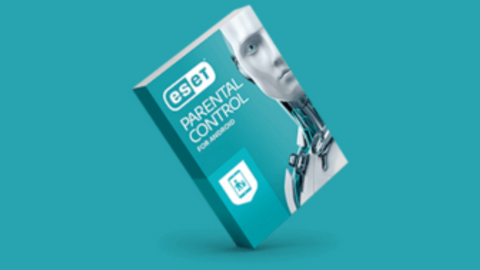


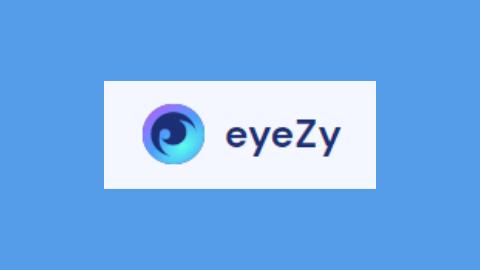








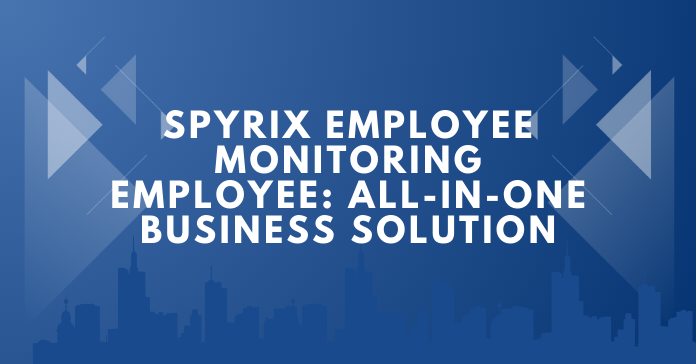



![Is WikiLeaks Still Active? [We Have The Answer] Is WikiLeaks Still Active? [We Have The Answer]](https://secureblitz.com/wp-content/uploads/2020/06/Is-WikiLeaks-Still-Active-1-768x402.png)




![Can SimpliSafe Be Hacked? [Honest ANSWER] Can SimpliSafe Be Hacked? [Honest ANSWER]](https://secureblitz.com/wp-content/uploads/2022/04/Can-SimpliSafe-Be-Hacked-Honest-ANSWER-768x345.png)
